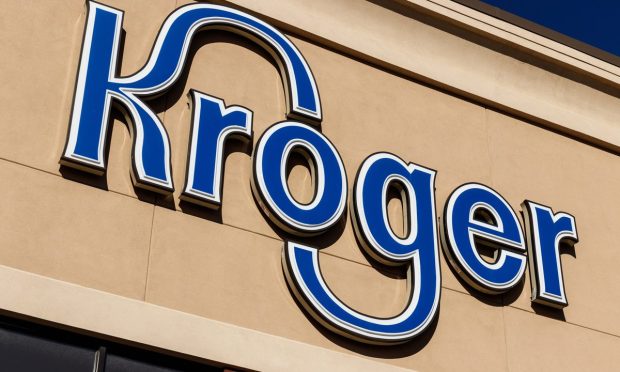Grocers Expand Direct Delivery to Cut Out Last-Mile Middlemen

As grocers continue to seek out ways to codify their eCommerce success of the past few years into long-term eGrocery businesses, many are developing their own fulfillment networks in an effort to escape reliance on Instacart.
For example, Kroger, the United States’ largest pure-play grocer, has been opening its so-called automation-powered customer fulfillment centers (CFCs), built in partnership with United Kingdom-based grocery technology company Ocado Group, across the United States, part of its “hub-and-spoke” model by which larger distribution centers (hubs) send items to smaller facilities (spokes), which in turn fulfill consumers’ orders.
In the past month, the company has announced a new CFC in Aurora, Colorado, and one in South Florida.
Related news: Kroger Continues eCommerce Fulfillment Center Rollout
“Kroger Delivery can accelerate its commitment to provide exceptional customer service through our state-of-the-art facility and end-to-end cold solutions, including custom-built refrigerated vans, to ensure our delivery customers receive the freshest products directly to their doorstep throughout the Denver region,” Gabriel Arreaga, Kroger’s senior vice president and chief supply chain officer, said in a statement regarding the upcoming Aurora distribution center.
Meanwhile, Walmart, the United States’ (and world’s) largest grocery retailer, has been leveraging its scale to offer in-house delivery but also has been monetizing its fulfillment network with its Walmart GoLocal white-label delivery service, serving more than 2,000 retail locations across the country.
You may also like: Food eCommerce Platform Local Express Teams With Walmart for Delivery
These initiatives come as consumers choose direct delivery options over third-party marketplaces. The May edition of PYMNTS’ ConnectedEconomy series, The ConnectedEconomy™ Monthly Report: The Brick-and-Mortar Economy Goes Digital, which drew from a survey of more than 2,600 U.S. consumers about their digital habits, revealed that that 38% of consumers ordered groceries digitally for home delivery in April, up from 35% in March. This share exceeded that of consumers who had used a same-day grocery delivery aggregator such as Instacart in April, 34%, a marked increase from 30% in March.
Read more: 19M More Consumers Went Online to Bank, Buy and Pay Bills in May 2022
Target, for its part, in addition to offering a grocery delivery subscription and fulfilling same-day orders through subsidiary Shipt, has been making a concerted effort to drive curbside pickup sales, even changing the flow of stores to accommodate its eCommerce business.
More here: Target Transforms Stores to Meet eGrocery Demand
Building out curbside pickup options can go a long way for grocers towards building eCommerce loyalty without having to deal with driver labor challenges. In fact, the availability of curbside pickup is the online feature that the greatest share of grocery shoppers cite as the most important when shopping with online grocers, according to data from PYMNTS’ May study, “Satisfaction in the Age of eCommerce: How Trust Helps Online Merchants Build Customer Loyalty,” created in collaboration with Riskified.
See also: Merchants Risk Losing 40% of Online Retail, Grocery Customers Over Trust
The report, which drew from a survey of more than 2,100 adults, noted that one in four consumers cite curbside pickup options as the single most important digital feature when shopping with grocers online, a greater share than said the same of any other feature. In contrast, only 14% said the same of same-day delivery.
